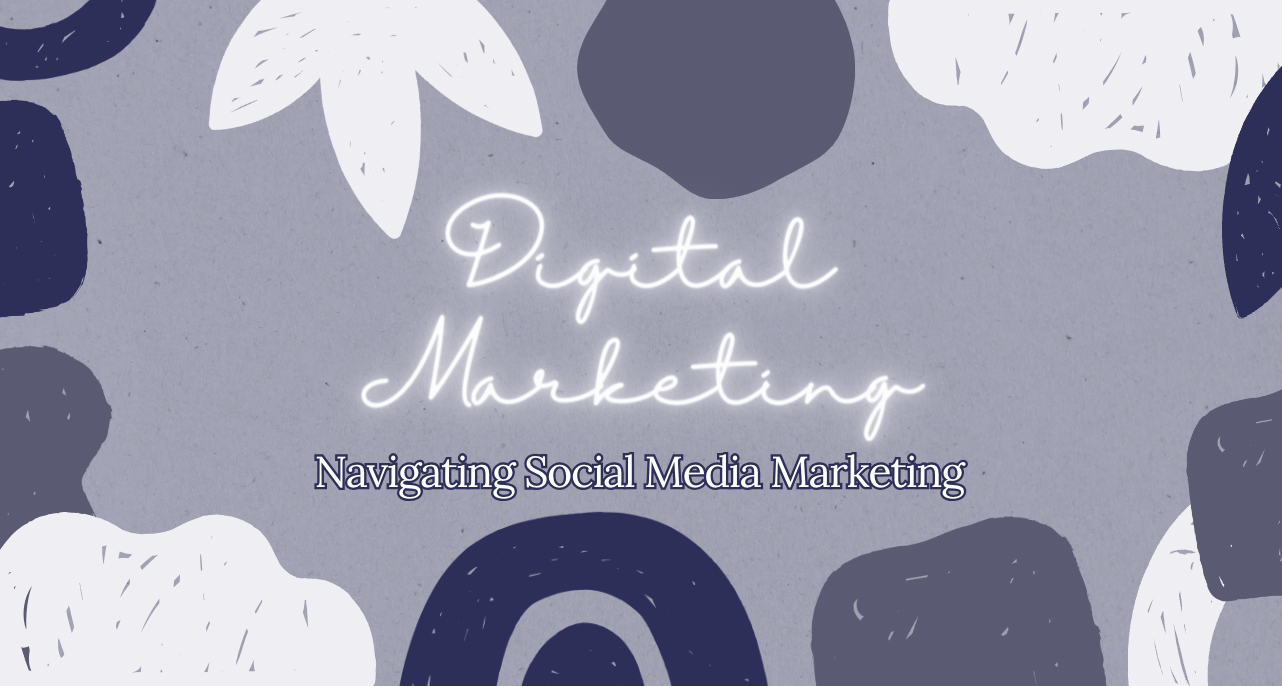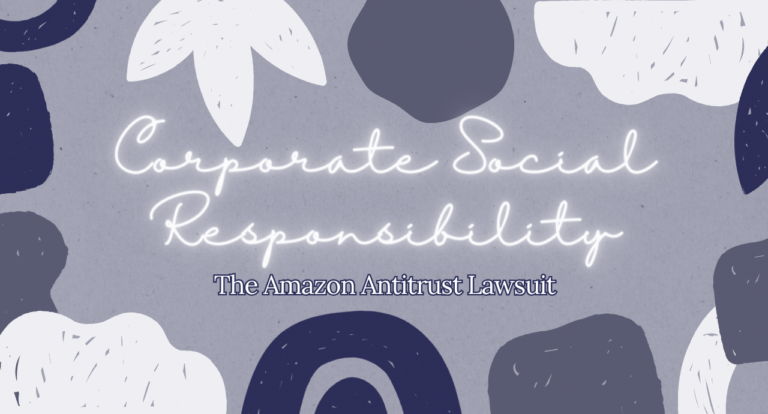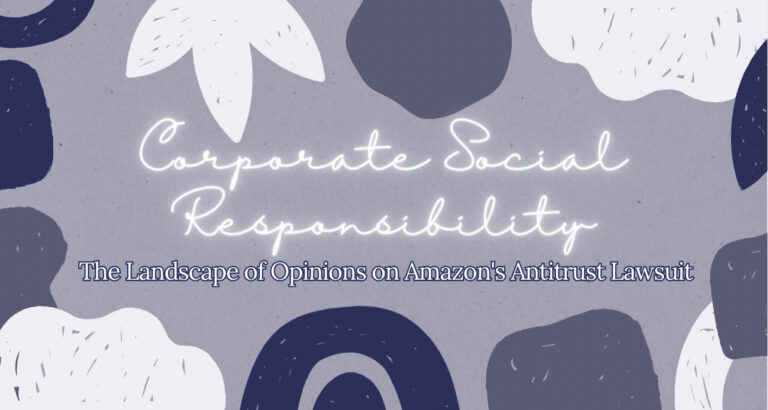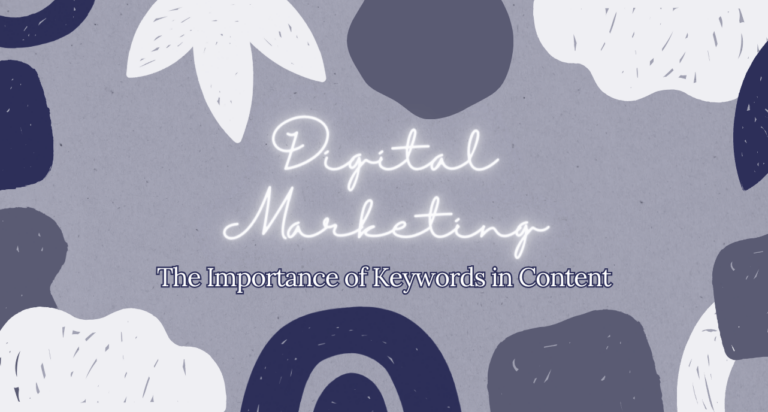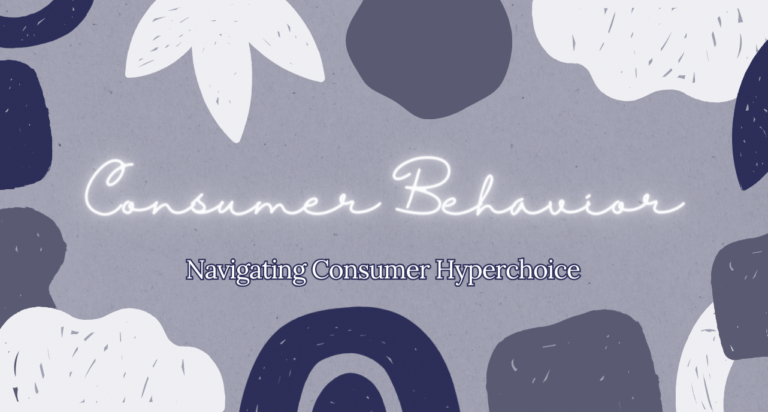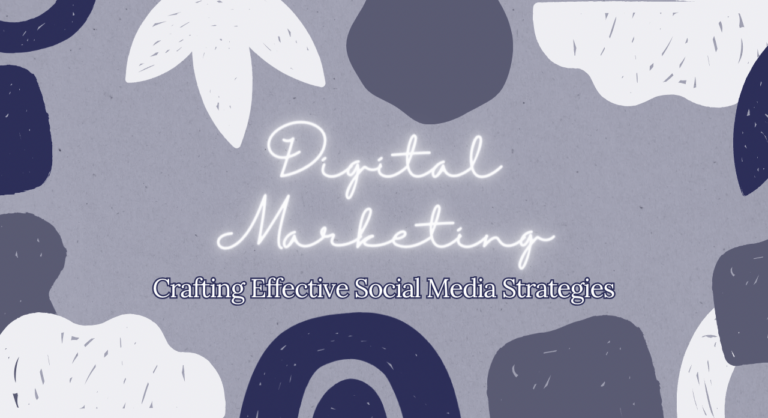Navigating Social Media Marketing
Social Media
Social media is a vital tool for marketing and PR, offering a wealth of platforms for promoting ideas through engaging content in our daily lives.
Social Networking
In today’s world, there are a plethora of social media platforms, while David Meerman Scott emphasizes Twitter, Facebook and LinkedIn. But it should be noted that these pertain to typically older generations like how LinkedIn’s largest age group is between the ages of 30-39 (Barnhart). Meanwhile it is clear that if you wish to target a younger group of people, you should think about utilizing a platform like Instagram more as their largest age group is 18-24 (Barnhart).
So, now it is clear different demographics of people prefer different platforms, you must utilize that information to your company’s advantage. Social media, while not the sole platform for promoting products and ideas, is an ever-expanding industry that increasingly captures consumer attention and contributes to idea growth. So, determining the right social media platform can lead to wider consumer reach and a more successful narrative.
Content
Now that you know where to go to promote your company/product, what about how you present it? You need to rioritize content that provides value and encourages sharing on any platform. This increases the potential to reach a wider audience beyond your target and is imparitave to your success . While yes, you want to curate content that pertains to your desired consumer group or persona, you need to see how you can make the content wider in reach, so your company isn’t exclusively presenting to that niche.
One thing to note, is the idea that content is not just what your company does and showcasing your ideas to people, but rather, information organized in an informative matter that explains how it can, “… solve buyer problems or answer questions…” (Scott). You want to create content that represents your company, which thoroughly breaks down your value proposition while providing a cement argument as to why a consumer should do business with you. This can be done by writing for your audience through establishing an interesting story, grabbing their attention with said content, or using keywords that consumers may be using to search for similar products.
Engagement
Consumer engagement is crucial for a company’s marketing success. In the past, one-way communication in marketing was sufficient, but today, consumer interaction is key. While feedback is important, we now need consumers to share it, whether it’s positive or problem-solving. Yes, feedback is amazing, especially when they said they liked the product and gave it a 4/5 star review, but did they send it to a friend? Are they bringing it up when a problem presents itself and your product could answer that issue? Content should be shareable to expand beyond the target market, reaching unexpected audiences. It should also be engaging enough to spark discussions lasting beyond the initial two-minute encounter.
But while this content should be attention-grabbing, it needs to also be ethical. Today, many companies are hungry to get their product noticed, but that can make them blind to provide ethical content. Some topics to keep in mind are: transparency, privacy, truthfulness, and credit. Briefly, it’s clear that the intriguing content you produce should be permitted to produce without being deceitful in context. Some of the biggest culprits are beauty brands like when, “In 2009, Olay ran an ad featuring Twiggy that made it seem as though she was aging naturally – when, in fact, the photo had been clearly retouched.” (Team ClickGUARD). It is so common for companies like this to make an attention-grabbing ad, like using a popular celebrity with their desired consumer group, but altering it to their advantage. But that end goal should never outweight the morality and ethicality of your firm.
Social media in modern digital marketing continues to evolve, focusing on informative, engaging content. By combining these traits, a company can achieve success with both loyal customers and untapped audiences.
References
Barnhart, B. (2023, April 28). Social Media Demographics to Inform Your Brand’s Strategy in 2023. Sprout Social. https://sproutsocial.com/insights/new-social-media-demographics/
Scott, D. M. (2020). The New Rules of Marketing and PR (8th ed.). Wiley; 8th edition (May 3, 2022).
Team ClickGUARD. (2022, December 2). Unethical Advertising Examples: Mistakes You Shouldn’t Make with Your Ads. ClickGUARD. https://www.clickguard.com/blog/unethical-advertising-examples/

